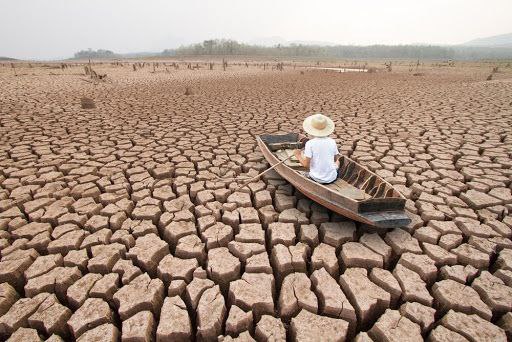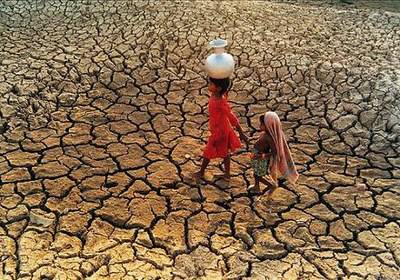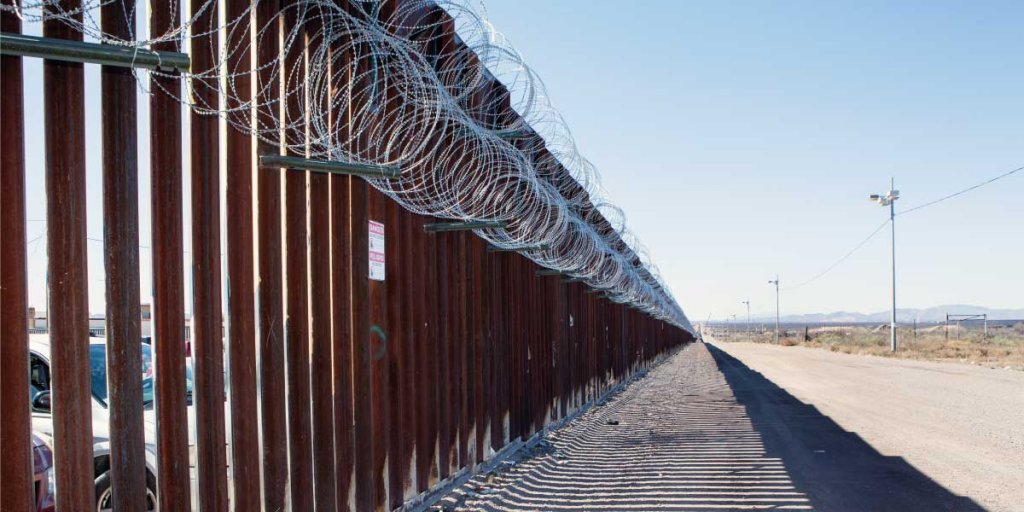Environmental or climate refugees include all those people forced to leave their homelands due to natural events such as droughts, earthquakes, hurricanes, floods and any other natural disaster. This phenomenon differs from other causes of migration by the fact that there are no factors such as wars, tyrannies or political or religious issues that trigger it, but by reasons exclusively related to the state of health of the country that they will be forced to leave. For this reason, they are not recognised by the Geneva Convention on Refugees since they do not fall into any of the categories covered by the Convention.

Environmental refugees: the case of Ethiopia.
This climate paradox is taking place in Africa. In fact, the entire African continent accounts for only 4% of greenhouse gas emissions. Since almost all the rest comes from the most developed countries, we can consider Africa as a real victim of this phenomenon. In Ethiopia it has not rained for five years, not including floods. This has led to conditions that are nothing short of atrocious:
- Heat-related deaths: mortality due to climate change has increased by 20% in the last 20 years;
- Acute malnutrition: recent UN estimates have shown that 16 million people suffer from hunger or are otherwise in a situation of extreme emergency;
- Devastation of agriculture and pastoralism: huge quantities of livestock, which used to feed the entire country, have died. Agriculture, though needless to say, has been on its knees because of the drought;
- Loss of identity: when an entire population sees the loss of activities that for centuries were the primary forms of subsistence, there is a loss of traditions and especially of the working identity of the country itself.
- Early marriages: If in previous years the situation had improved, we are now again witnessing marriages of girls as young as 11 or 12, to adult men of 40 or 50. This is because, at a time of utmost poverty, families are in dire need of the dowry in exchange for the bride and to be able to take away one more mouth to feed the household. Unfortunately, being a prerequisite for the new union, female genital mutilation is increasing.

In addition to all this, according to UNHCR (The UN Refugee Agency) sources, Ethiopia is the third largest African country in terms of number of refugees, currently hosting almost one million people from South Sudan, Somalia, Eritrea and Sudan. This is another contradiction in a situation that, if not adequately addressed, will soon lead to a humanitarian disaster of frightening proportions.
How to Deal with the Phenomenon.
Priority should be given to intervention on two distinct fronts: concrete activities in the areas affected by the catastrophic events and the progressive reduction of pollution by the most industrialised countries. Undoubtedly, trying to reduce greenhouse gas emissions is a fundamental objective. The world can no longer afford to turn its back on this emergency. By the same token, however, the path is still very long and cannot avoid the damage already caused. Instead, it would be of immediate impact to legally recognise this phenomenon: climate refugees should be put on an equal footing with all those already recognised by the Geneva Convention.
This would lead to the implementation of social policies by the more developed countries. At the same time, action should be taken in all those countries where natural disasters have already struck. Reclamation of the affected territories, creation of climate-resilient infrastructures that can have a better impact than in the past. Teaching all those countries that have not been prepared for these phenomena how to act in the event of disasters. On this subject, Roberto Vignola, Deputy Director General of CESVI, says:
Climate change affects the most vulnerable and the peoples who have contributed least to accelerating the crisis and, together with other destabilising factors such as competition for resources and conflict, increases social and economic fragility and forces millions of people to leave their lands and homes…We at CESVI are intervening in Ethiopia to give communities the means and knowledge with which to prepare for and resist these increasingly frequent and massive climate shocks, and also to break the spiral of hunger and malnutrition

The global climate wall
The Global Climate Wall concept manifests itself in two ways: one practical and one theoretical. Basically, it encompasses all those behaviours that states put in place to prevent the arrival of those who are forced to leave their land for environmental reasons. While on the one hand real walls and barriers are created to stem migratory flows, on the other hand the causes for which they arise are not addressed. Basically, there remains a lack of awareness of what could and can be done to ensure that these journeys of despair do not happen. If all those industrial and other policies that have brought pollution to these levels had been considered wrong, all these catastrophes could have been avoided.
Then we have to consider the financial effort that nations have to make to keep a distance from refugees: in addition to the barriers, we have to calculate the military and technological deployment placed to guard these walls. In practical terms, the accounts do not add up: more is spent to protect oneself than to prevent ecological disasters. At this rate, mankind will have to adapt to the habits of so many animals that, for climatic reasons, are forced to migrate around the world.




